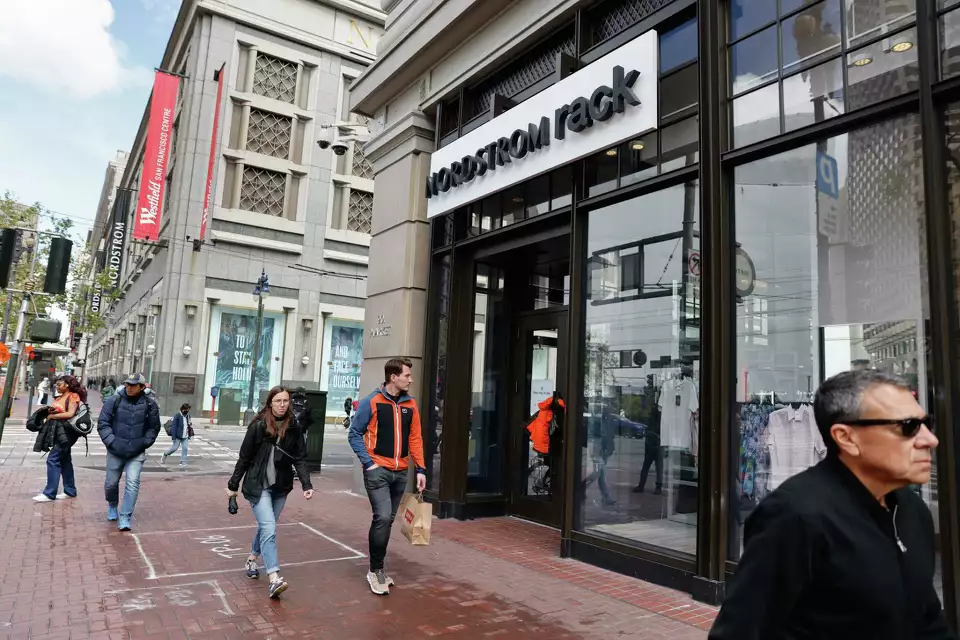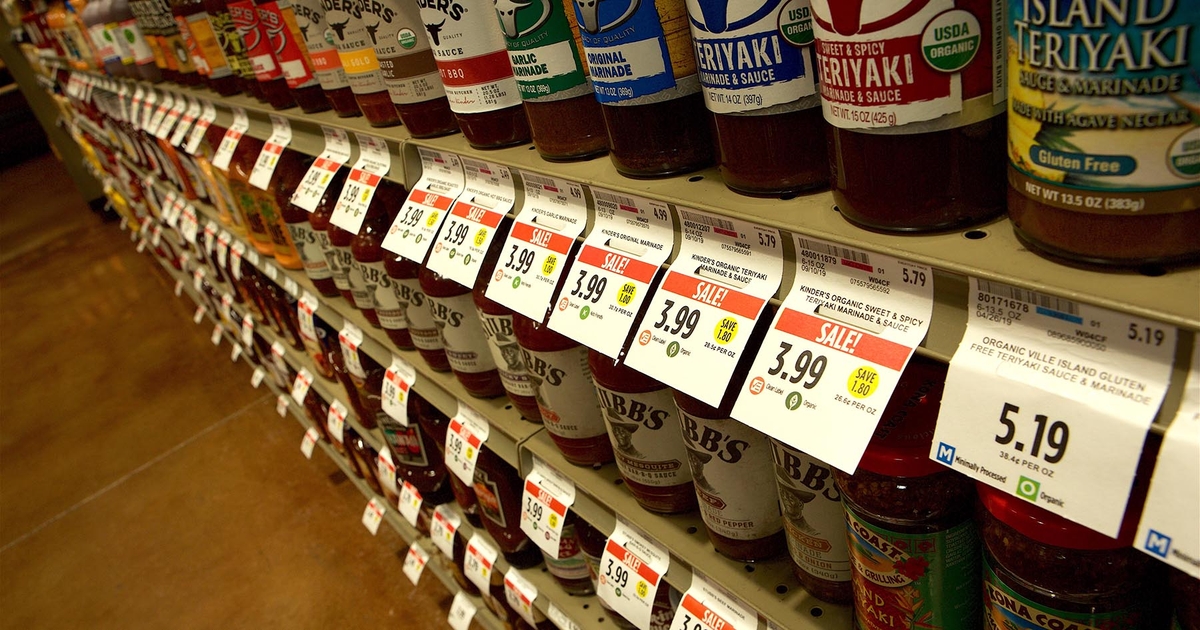The U.S. retail industry is facing continued disruption in 2025, as several major retail chains announce large-scale store closures amid changing consumer habits, digital competition, and operational challenges. In May, Forever 21 confirmed plans to close all 354 of its remaining U.S. stores after filing for Chapter 11 bankruptcy protection. The company cited unsustainable operating costs and declining foot traffic in malls across the country. Similarly, Joann—a longtime staple in the arts and crafts sector—has moved forward with the closure of more than 250 stores, following its second bankruptcy filing within a year.
These closures reflect a broader trend that has persisted across the retail landscape in recent years. Traditional department stores and mid-tier retailers continue to struggle to adapt to the digital-first shopping environment. JCPenney, which has undergone multiple rounds of restructuring, announced it would shutter an additional seven locations by the end of May. Even luxury retailers have not been immune; Saks Fifth Avenue confirmed that its San Francisco Union Square store will permanently close by May 10, pointing to changing demographics and retail patterns in urban centers.
Analysts warn that these announcements may signal the beginning of another major contraction in brick-and-mortar retail, especially in segments such as apparel, electronics, and home goods. According to industry projections, as many as 45,000 physical retail stores could close over the next five years unless companies find new ways to align with e-commerce trends and shifting consumer expectations. Factors such as rising commercial rent, labor costs, and inventory management inefficiencies have compounded these challenges, particularly for retailers without a robust digital strategy.
Despite the grim outlook for some legacy brands, several national chains have remained resilient. Retailers like Walmart, Costco, Target, and Home Depot continue to post steady revenue growth, thanks to their omnichannel investments and essential service offerings. These companies have not only adapted quickly to consumer preferences but have also leveraged loyalty programs, in-store pickup models, and real-time inventory management tools to stay competitive. While retail is far from dead, the industry appears to be undergoing another period of transformation—one in which flexibility, logistics, and digital reach may define the next generation of retail success.



